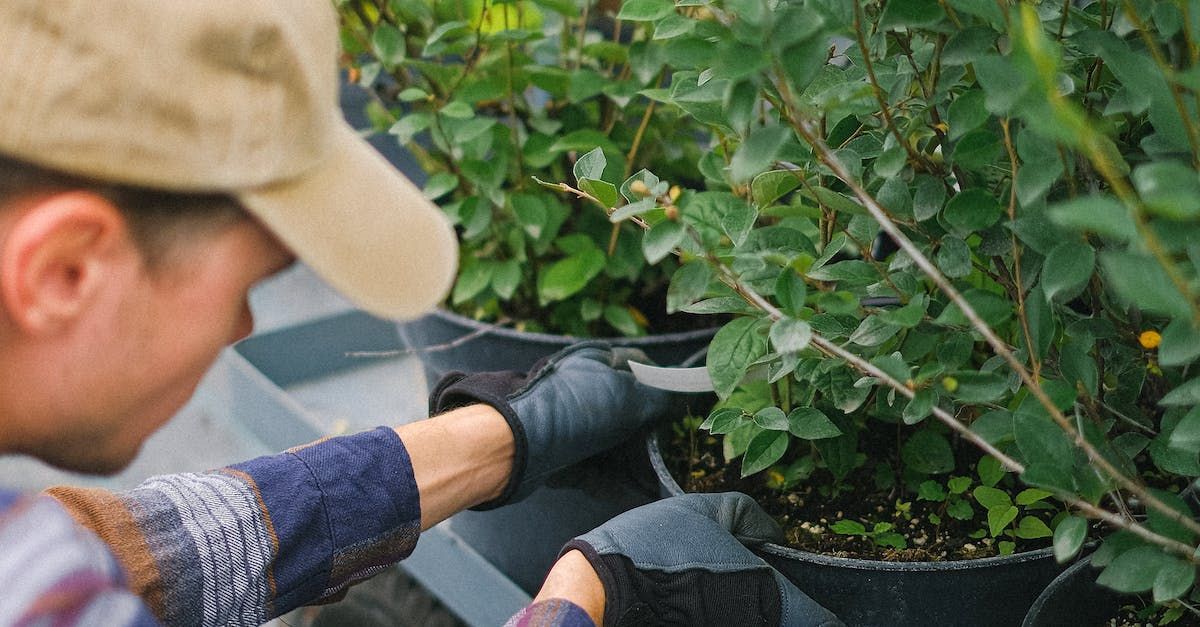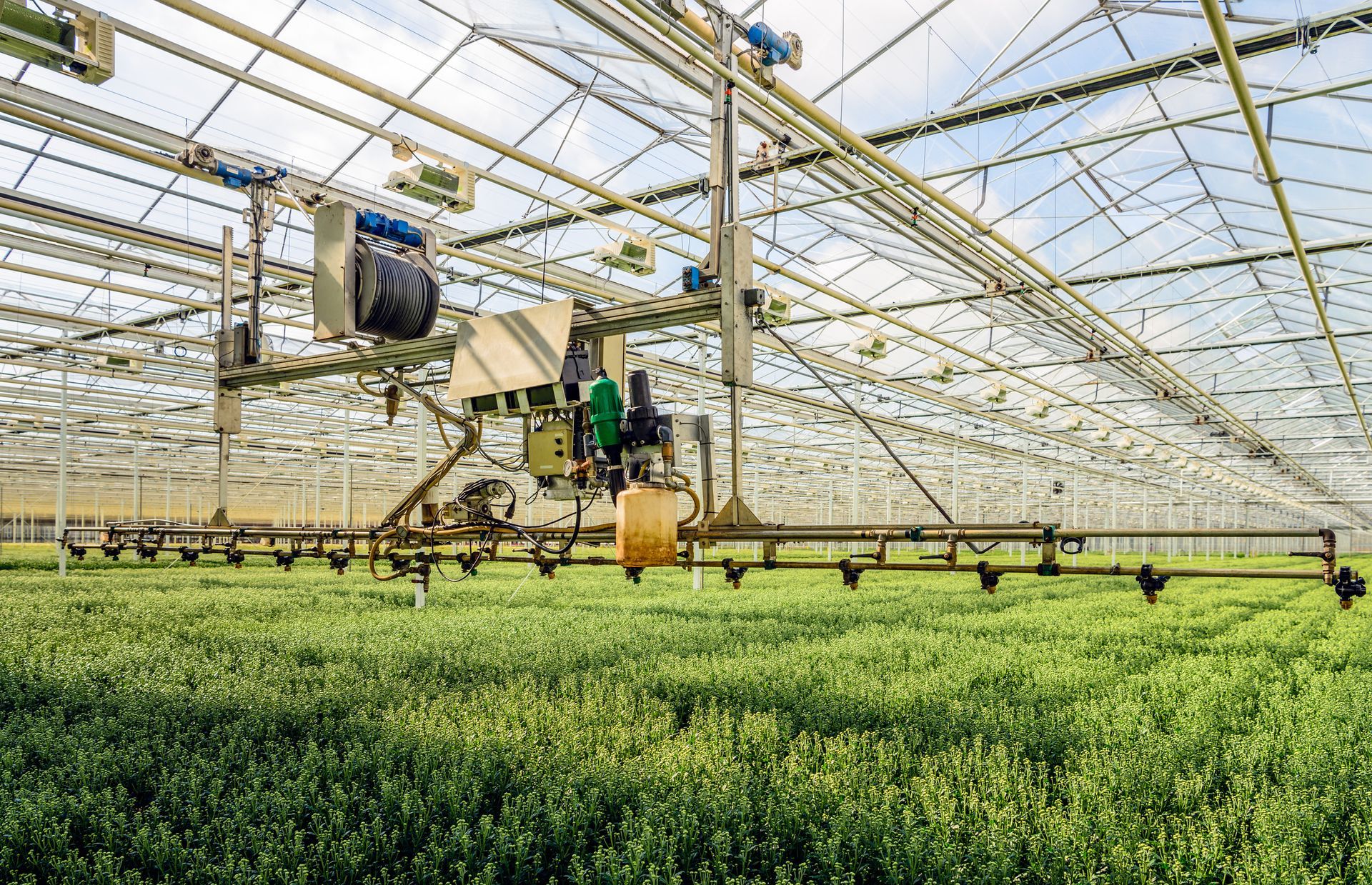Nurturing Growth: The Challenges and Solutions in Greenhouse Staffing
Greenhouses play a crucial role in modern agriculture, providing controlled environments for the cultivation of plants year-round. However, the success of these green sanctuaries heavily depends on the people who manage them. In this blog post, we will delve into the world of greenhouse staffing, exploring the challenges employers face and the innovative solutions available to address them.
The Importance of a Skilled Greenhouse Workforce
A thriving greenhouse requires a skilled and dedicated workforce to ensure the optimal growth of plants. From seeding to harvesting, each stage of plant development demands expertise. Greenhouse employees are responsible for monitoring temperature and humidity, maintaining proper ventilation, and implementing pest control measures, among other tasks. Without a capable team, the greenhouse's potential for yield and quality could be compromised.
Challenges in Greenhouse Staffing
- Seasonal Variability: Greenhouse operations often experience seasonal peaks and troughs in demand. Finding and retaining staff for these temporary surges can be challenging. It's essential to have a flexible staffing strategy to adapt to these fluctuations.
- Skill Shortages: Skilled greenhouse workers are in high demand, and finding individuals with the right expertise can be difficult. Employers often face competition from other agricultural industries and must offer competitive compensation packages to attract and retain talent.
- Labor Costs: Labor costs can be a significant portion of a greenhouse's budget. Balancing the need for skilled workers with budget constraints can be a constant challenge.
- Employee Turnover: High turnover rates can disrupt operations and increase training costs. Employee retention strategies and a positive work environment are essential to combat this issue.
- Language and Cultural Barriers: In some regions, greenhouse employers may need to navigate language and cultural differences when hiring immigrant or seasonal workers. Effective communication and cultural sensitivity are crucial in such situations.
Solutions to Greenhouse Staffing Challenges
- Workforce Planning: Develop a workforce planning strategy that anticipates seasonal labor needs and aligns recruitment efforts accordingly. This can help reduce the stress of sudden staffing shortages.
- Training and Development: Invest in training programs to upskill existing employees and attract newcomers to the industry. Offering career growth opportunities can also improve retention rates.
- Competitive Compensation: Offer competitive wages, benefits, and incentives to attract and retain skilled greenhouse workers. Consider profit-sharing programs or bonuses tied to productivity and performance.
- Automation and Technology: Embrace automation and technology to reduce labor requirements where possible. Automated climate control systems, robotic harvesting, and data-driven decision-making can all help optimize labor efficiency.
- Employee Engagement: Foster a positive work environment that values employees' contributions and well-being. Engaged and satisfied employees are more likely to stay and perform at their best.
- Diverse Hiring Practices: Embrace diversity in your hiring practices to tap into a wider talent pool. Training and support for non-native English speakers can help bridge language ga
Conclusion
Greenhouse staffing is a critical aspect of ensuring the success and productivity of these controlled agricultural environments. Employers in the greenhouse industry face various challenges, from seasonal fluctuations to skill shortages, but with the right strategies and solutions, these challenges can be overcome.
By focusing on workforce planning, skill development, competitive compensation, technology adoption, employee engagement, and diverse hiring practices, greenhouse employers can create a thriving and sustainable workforce that supports the growth of their plants and their businesses. In doing so, they contribute to the advancement of sustainable agriculture and the production of high-quality crops year-round.

Subscribe to our
Newsletter
Contact Us
Thank you for subscribing to our newsletter!
Please try again later.







